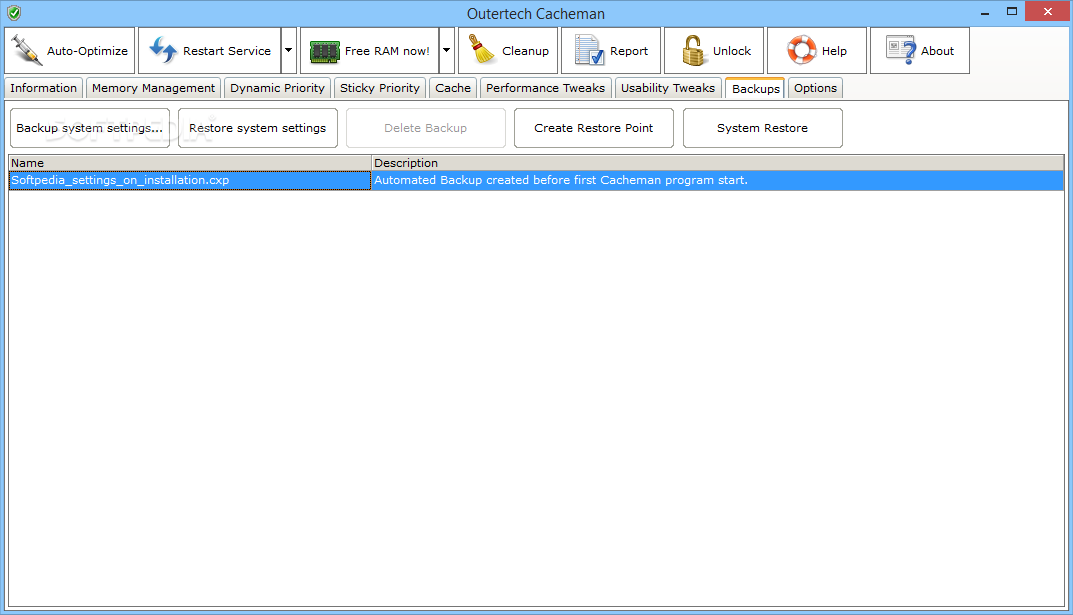
When the user attempts to use a currently inactive part of the program, such as Help, the program "interupts" memory and the operating system reaches into virtual memory (page file) and "pulls" the Help program into physical ram, and puts other programs' components into virtual memory. What you see on the screen is in ram, what you don't see is in the page file (virtual memory). are loaded into ram, but all else (such as Word Help program) is loaded into virtual memory (page file). Each section has an address.įor example, one loads a Word document and the text, window decorations, menus, etc. These parts of the program are stored in ram or on the disk in sections. The rest of the program gets loaded into virtual memory (the page file). When a program is run, only the necessary parts of the program are loaded into physical ram, meaning only those parts of the program which are currently active. When the computer is booted, essential operating system programs and files are loaded into ram. The address space represents the amount of memory available to a program. By specifying a memory address, programmers can access a particular byte of data.Īddress space - The set of all legal (allowed) addresses in memory for a given application. Each box has an address (a unique number) assigned to it. You can think of computer memory as an array of storage boxes, each of which is one byte in length. Page - a fixed number of bytes recognized by the operating system.Īddress - A location of data, usually in main memory or on a disk. The size can be adjusted by the user via a XP advanced settings dialog. The amount of virtual memory (page file) is automatically set at 1.5x the amount of installed ram. XP automatically sections off a part of the hard drive to be used exclusively as "virtual memory" called the "page file". This leads to the second type of memory a computer uses. This, apparently abberated, is by design (actual). XP won't even recognize if 4 GB of ram is installed, it will report anywhere from 2.5 GB to 3.5 GB of installed ram.
#CACHEMAN 7 SOFTWARE#
The home or office workstation will never need more than 3 GB of ram, no software or games will ever require that much ram in XP.
#CACHEMAN 7 64 BIT#
Windows XP 64 bit edition can use 128 GB or ram, as can some server operating systems use terabytes of ram. This is by design, since no one will ever need more than 3 GB of ram in use at one time. However, by design, XP will never utilize and cannot utilize more than 3 GB of ram. Yes, there are several types of memory.Ī normal XP system can have a maximum of 4 GB of installed ram. Most people, including tech trained, don't really understand how a computer uses RAM and other types of memory. (in my original effort to explain to him that the 4 GB won't get used by xp, he felt invalidated, so I clarified it all in an email to him) Here's a quick write up I did for a friend's kid who was tickled when his new 4 GB ram arrived for his gaming pc. Most people don't really understand what memory and how xp manages it.

Best to let xp manage memory, 3rd party memory tweakers for xp are unnecessary and often a burden because they too must use memory to work.


 0 kommentar(er)
0 kommentar(er)
